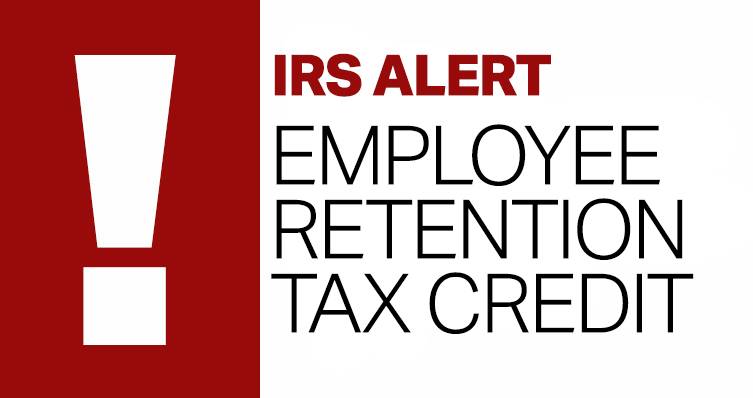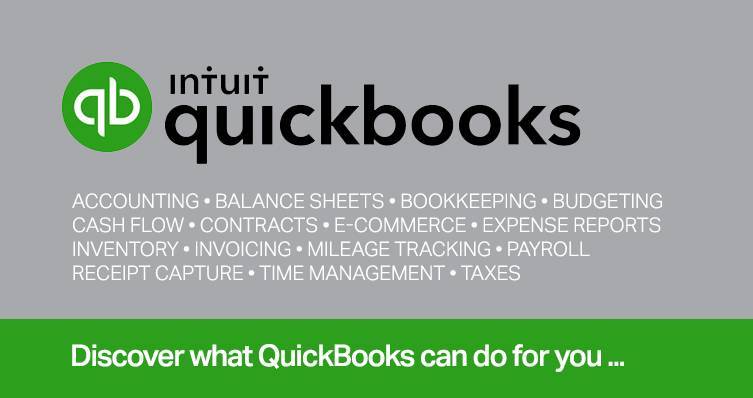How has your business performed so far this year? How is its financial health compared to six months ago?
If your company is privately held, you probably prepare financial statements just once a year – unlike public companies, which are required by the Securities and Exchange Commission to file financial reports quarterly. But more frequent reporting is sometimes a smart idea. Here’s a summary of the benefits of issuing interim financial reports on a monthly, quarterly or biannual basis, as well as certain drawbacks and limitations.
Midyear checkup
Financial statements present a company’s financial condition at one point in time. When companies report only year-end results, it leaves investors, lenders and other stakeholders in the dark until the next year. Sometimes, they may want more than one “snapshot” per year of your company’s financial well-being. This is especially true when a company’s financial performance has deteriorated over the last year or when the industry is experiencing a downturn or implementing new regulations.
Interim financial statements report how a company is doing year-to-date. For example, they may signal impending financial turmoil due to:
- The loss of a major customer
- Significant uncollectible accounts receivable
- Pilfered inventory
They also might confirm that a turnaround plan appears successful or that a start-up has finally achieved profits.
Management can benefit from interim reporting, too. Benchmarking interim reports against the same period from the prior year (or against budgeted figures) can help ensure your company meets its financial goals for the year. If your company is underperforming, it may call for corrective measures and/or updated financial forecasts.
Potential shortcomings
While interim reporting may provide some insight into a company’s ongoing performance, it’s important to understand the drawbacks and limitations of these reports. This can help minimize the risk of year-end surprises.
First, outside accounting firms rarely review or audit private companies’ interim statements because of the cost to do so. Absent external oversight, managers with bad news to report may be tempted to artificially inflate revenue and profits in interim reports.
Midyear numbers also may omit estimates for bad-debt write-offs, accrued expenses, prepaid items, management bonuses, or income taxes. And some companies save tedious bookkeeping procedures, such as physical inventory counts and updating depreciation schedules, until year-end. Instead, interim account balances often reflect last year’s amounts or may be based on historic gross margins.
When reviewing interim reports, outside stakeholders may ask questions to assess the quality of accounting personnel and the adequacy of year-to-date accounting procedures. Some even may inquire about journal entries made by external auditors to adjust last year’s preliminary numbers to the results. This provides insight into potential adjustments that would be needed to make the interim numbers conform to U.S. Generally Accepted Accounting Principles. Journal entries often recur annually, so a list of adjusting journal entries can help identify which accounts your controller or CFO has the best handle on.
In addition, interim reporting can sometimes be misleading for seasonal businesses. For example, if your business experiences operating peaks and troughs throughout the year, you can’t multiply quarterly profits by four to reliably predict year-end performance. For seasonal operations, it might make more sense to compare last year’s monthly (or quarterly) results to the current year-to-date numbers.
Evaluating irregularities
If interim statements reveal irregularities, stakeholders might ask your company to hire an accounting firm to conduct agreed-upon procedures. These procedures target high-risk account balances or those previously adjusted by auditors.
Agreed-upon procedures engagements may give your stakeholders greater confidence in your interim results. For instance, agreed-upon procedures reports can help identify sources for any irregularities, evaluate your company’s ability to service debt, and address concerns that management could be intentionally or unintentionally inflating the numbers.
© 2024 KraftCPAs PLLC











